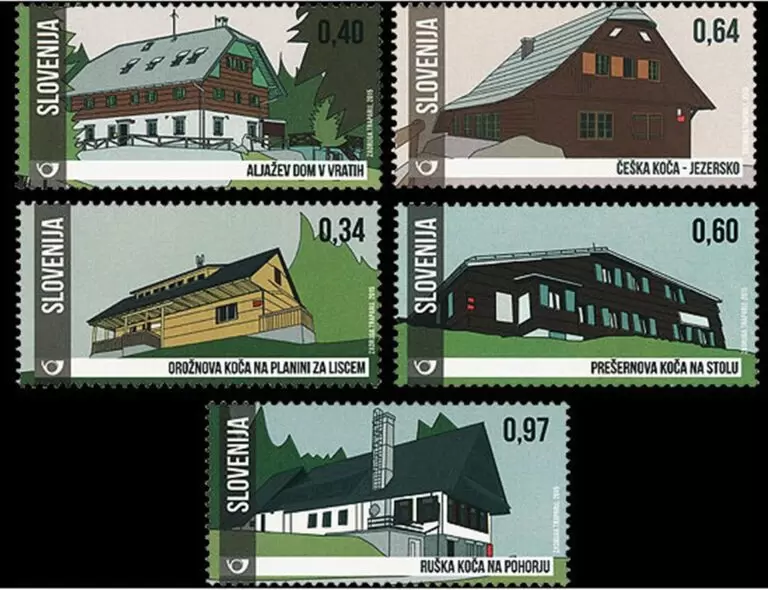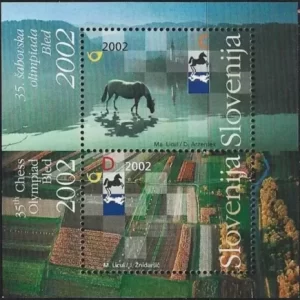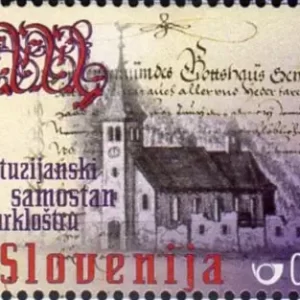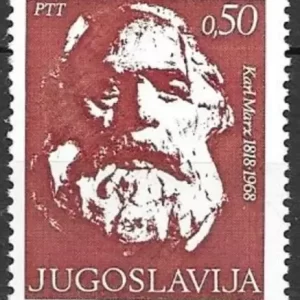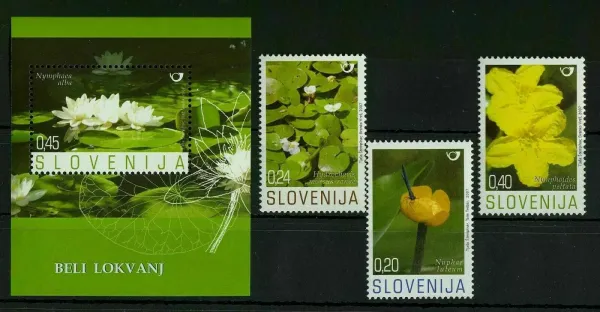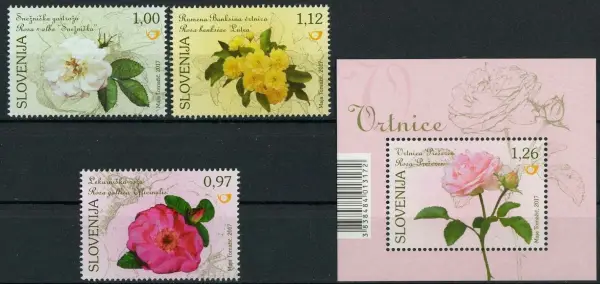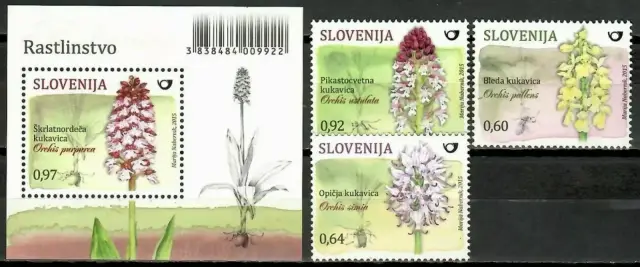Slovenia year 2015 stamps Architecture – Mountain Huts ☀ MNH**
The Slovenia 2015 stamp series titled “Architecture – Mountain Huts” features mountain huts of Slovenia, highlighting their traditional and rugged architecture. This series includes 5 stamps designed by Kaja Mlakar Agrež, depicting iconic mountain huts such as Aljažev Dom in the Vrata Valley and Prešernova Koča on Mt Stol. The stamps are multicolored, measuring approximately 50×25.5 mm with perforation 12¾ x 13¼, and showcase mountain huts that are integral to Slovenia’s Alpine cultural heritage, often situated in remote locations and blending seamlessly with the natural environment. This set is recognized both for its artistic design and cultural significance representing the unique mountain hut architecture of Slovenia.
These stamps vividly illustrate the mountain huts used historically by herdsmen and hikers, emphasizing their architectural style adapted to harsh Alpine conditions. The series brings attention to the integration of these structures into the natural landscape, symbolizing an important part of Slovenian heritage and mountain life.

